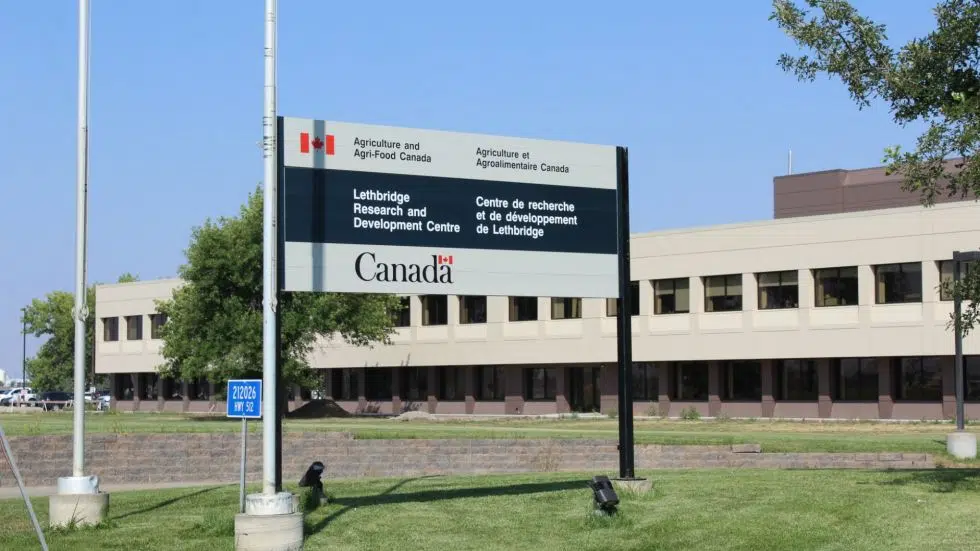
Software developed in Lethbridge could save farmers money and emissions
LETHBRIDGE, AB. — Software developed locally more than a decade ago by Agriculture and Agri-Food Canada to help producers in the agriculture industry reduce their greenhouse gas (GHG) emissions, is making adjustments to boost the appeal of the program.
Created and continually updated by a team at the Lethbridge Research and Development Centre, Holos can be downloaded for free – in both English and French – and allows producers to input data and management practices from their operation and see an estimate of their GHG emissions – carbon dioxide, nitrous oxide and methane. They can then adjust their inputs to see how that would impact their emissions.
That information comes from collaboration with experts in numerous agricultural fields from across the country, who provide the most up-to-date information they have to the software developers, who then program that into the software algorithm.
There’s just one problem: to this point it hasn’t been widely used by producers.
